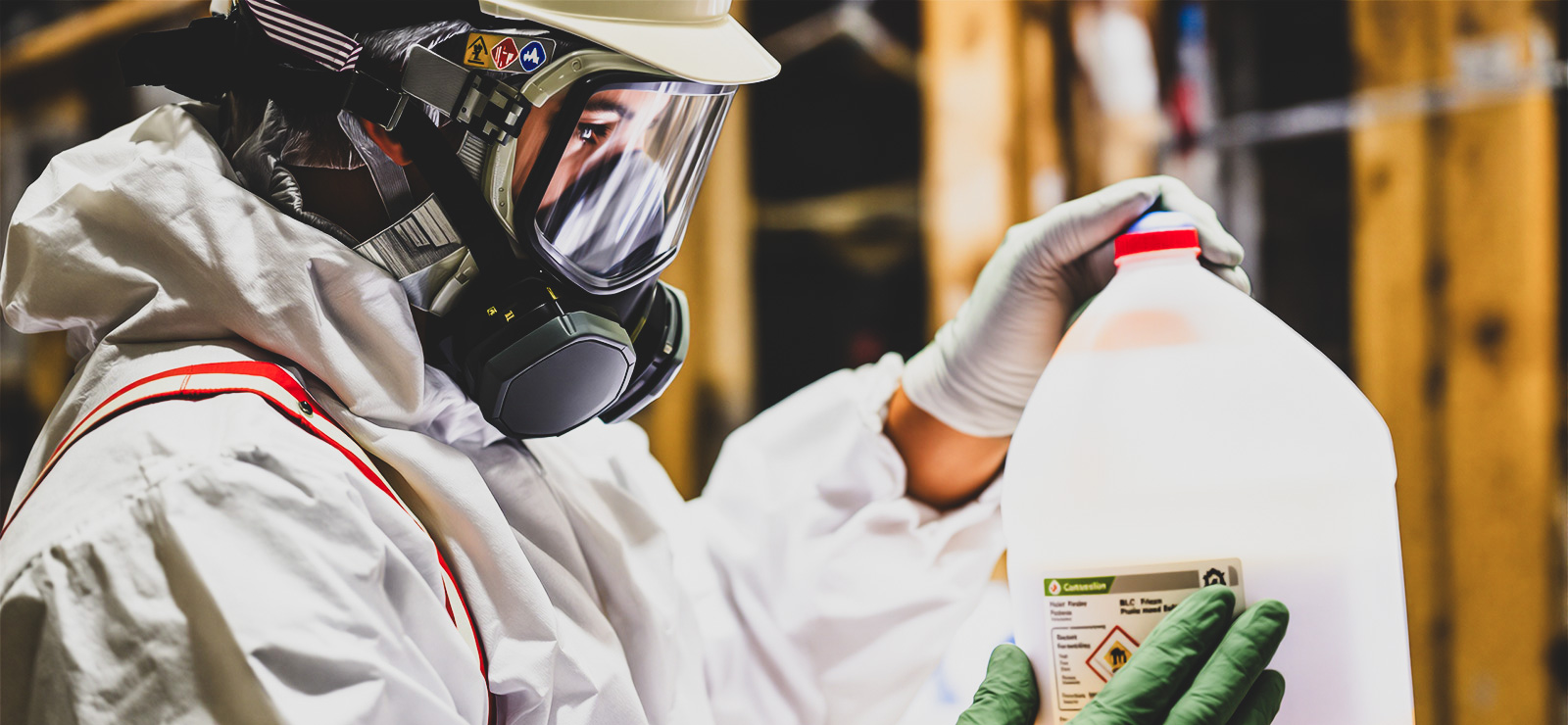Elimination
Remove chemical from site
Involves exposure to substances that can harm health through inhalation, skin contact, ingestion, or injection. Includes gases, liquids, vapors, fumes, dust, and solids. Effects range from minor irritation to serious illnesses.

Remove chemical from site
Use a less toxic chemical
Implement ventilation and air movement
Restrict work area access, WHMIS training, chemical handling procedures, safe work practices
Use appropriate PPE as per the SDS